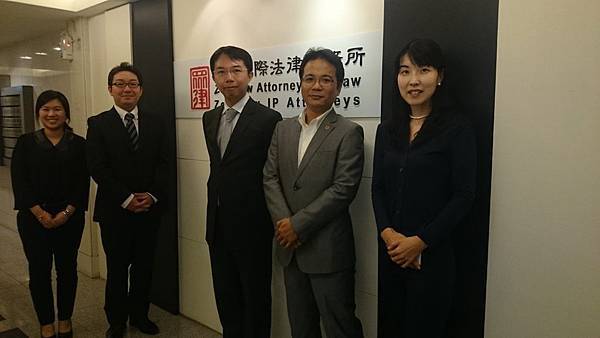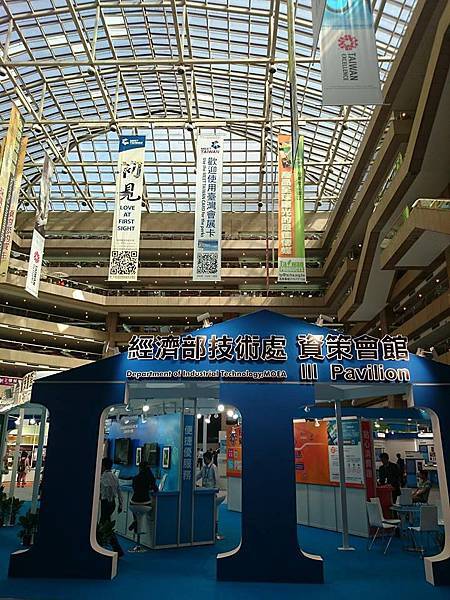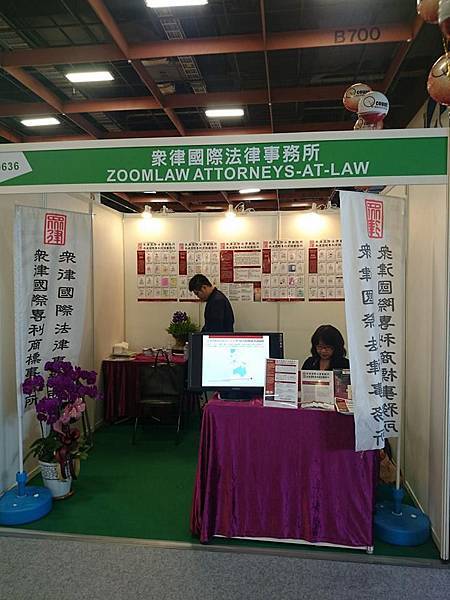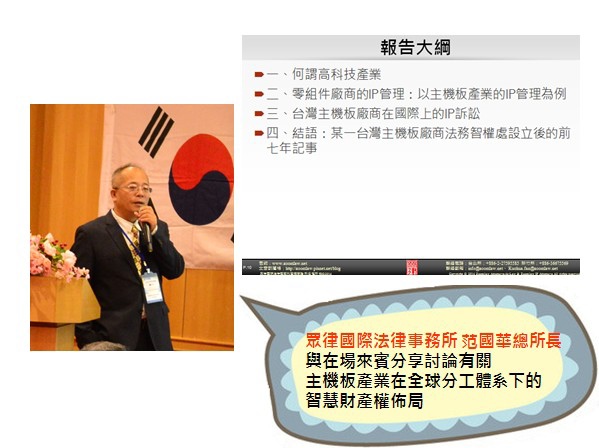From: Benjamine Medeville
Date: December 1st, 2014
Topic: 3D printers and their relation to IP
3D printing was first developed in the 1980s. Indeed, Chuck Hull invented the process of stereolithography in 1984 in which layers are added by curing photopolymers with UV lasers. The main patent protecting a specific type of 3D printer expired beginning of February 2014 which allowed a decrease in costs and allowed the general public to have access to this revolutionary technology for an average price of USD1,500 (printers range from just under USD1,000 to over USD3,000). The mainstream 3D printer will read computer-aided design (CAD), similar to a blueprint, and build the object layer by layer out of a given material – usually plastic or metal. This newly spread invention allows the general public to have an easier and cheaper access to a multitude of objects ranging from fashion items like rings or necklaces to more technical ones like a computer fan cooler. Its reduction in the costs of designing, manufacturing and distributing is what made it so appealing to the general public. It also permits people to customize and/or build unique objects. However, the booming number of users has made different issues arose, particularly with regards to the intellectual property (IP) field.
According to Ben Depoorter, “3D printing makes the infringement of IP rights cheaper and more attractive”. Naturally, apart from designing original products, users are likely to print items protected by IP rights without authorization; whether it is intentional or unintentional, it still amounts to infringement of IP rights. Blueprints for such products are easily found for free online. Those infringements are mainly related to trademark, copyright and patent. Undeniably, the sale of a trademarked product might infringes the rights of a trademark owner; and like many counterfeit product, 3D printing users might just reproduce the object without a logo to counter such infringement. With regards to copyright, the issue lays in the design of the product itself. 3D printing enables personal manufacturing of copyrighted objects in the home which makes it undetectable, thus hard to control and prevent. Copyright protects the artistic aspect of a product and not its usefulness. Depoorter used in his article the example of a coat hanger. Despite from being useful, the coat hanger could also be subject to copyright law if it has decorative elements such as colorful drawing, specific designs etc. The functional aspect of an object is subject to patent regulation and reproducing it will be an infringement on such law. We can use the example of a cellphone stand to highlight the different IP infringements that can be present when 3D printing it. If someone creates a design for a unique cellphone stand and shares it on a platform like Thingiverse.com, no IP issue arises. However, if that person creates a blueprint design for an existing item (or with an existing trademark) then shares it on the platform, which in turn allows users to 3D print the item; it creates an IP law infringement. Indeed, even if the object does not exist but its aspects include marks of a trademarked brand, it is infringing trademark regulations. This was the case when a fan of the HBO TV show Games of Thrones built a stand representing the series’ famous Iron Throne.
What are the possible defenses available to rights’ holders when such issues are present? We have to remember this topic is still very fresh as the booming of 3D printing only appeared in the past year and all the issues have not been yet unveiled. Undeniably, it is difficult for the law to apply rules to a completely new issue, and even more complicated to create customize regulation on an issue that has not been fully developed yet. For trademark owners, it is difficult to enforce their rights as the mere removal of the logo can allow a curve around the law. Moreover, the plaintiff needs to demonstrate the alleged infringer has used the trademark in commerce instead of a personal use. However, if a person copies a copyrighted object, the copyright owner has the ability to sue for copyright infringement. The Digital Millennium Copyright Act (DMCA) allows copyright owners to issue takedown notices to providers like Thingiverse.com; the latter is most likely to comply with in order to avoid liability. The main problem here is, the providers are not required to search their websites for infringing materials; thus, the copyright owner has to police his own rights which can be tricky given the high number of blueprints available on the Internet. As for patent holders, who carry the burden of proof, it will be difficult to show the alleged infringer had the knowledge that the produced object was subject to a specific patent. Thus, according to Bryan J. Vogel, “consumer use of 3D printers may create multiple instances of patent infringement, policing and protecting patent rights in inventions copied on 3D printers may present significant challenges for patent holders.”
Although possible remedies exist, the main issue remains the decentralization of 3D printing. It is an act done in the comfort of one’s home and not on display in a window shop. Although high scale solution has yet to be found, the general public does not wish for a new scandal similar to the peer-to-peer litigation campaign. Indeed, the aggressive measures to enforce copyright law that was perceived as targeting college students against illegal downloading of music and videos, has been highly criticized and condemned as arbitrary and excessive. Alternatively, right holders can copy what copyright owners are doing today and stem CAD files by targeting distributors using what Geeta Dayal calls “algorithmic enforcement”. This is where a “bots” filters the Internet researching infringing content instead of using human spotters. Despite being cheaper than human spotters, using an “algorithmic enforcement” will be prone to more errors.
In the wake of a new technology revolution, 3D printing users hope for a new legal framework that will both allow the development and free sharing of blueprints as well as the protection of IP rights that will encourage designers to create even wider ranges of products.
Sources:
l Intellectual Property Infringements & 3D Printing: Decentralized Piracy – Ben Depoorter, August 2014
l 3D Printing: Overcoming the Legal and Intellectual Property Issues – Erin Carson, August 1, 2014
l “Intellectual Property Issues Stacking up for 3D Printing” – Douglas R. Nemec & Kristen Voonrhees, October 2, 2014
l The next big fight: 3D printing and intellectual property – Melissa A. Barnett, January 31, 2014











